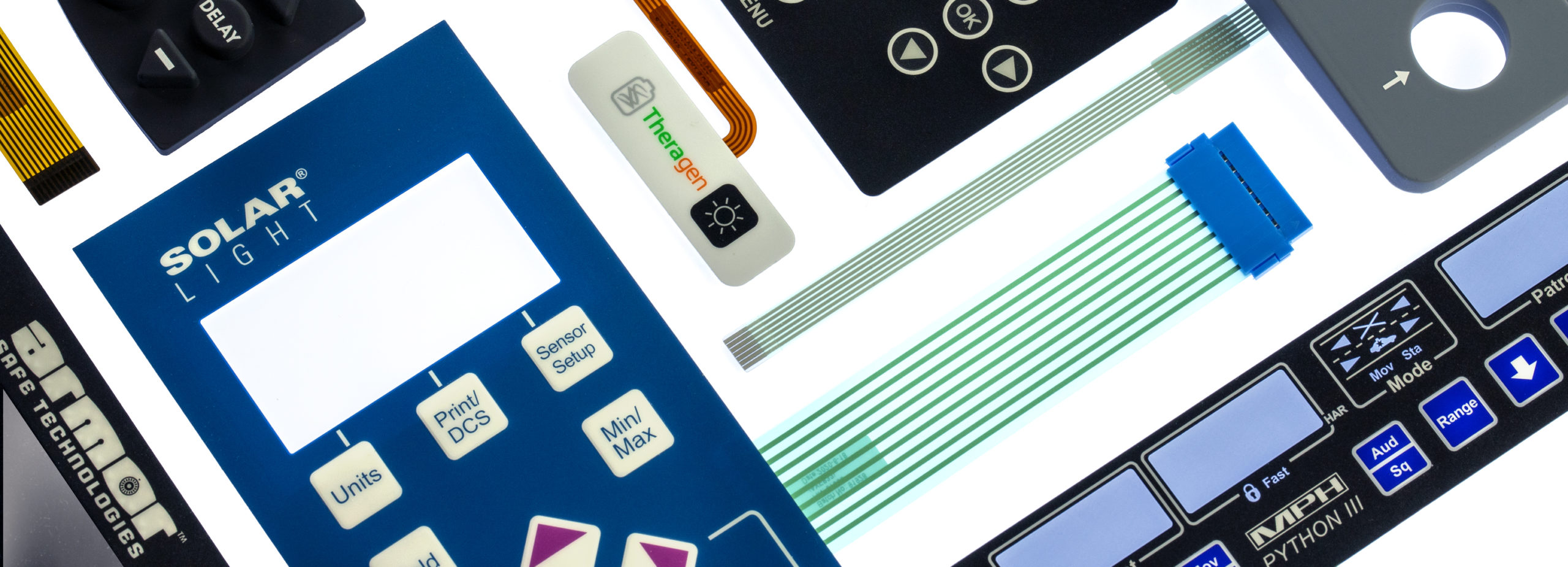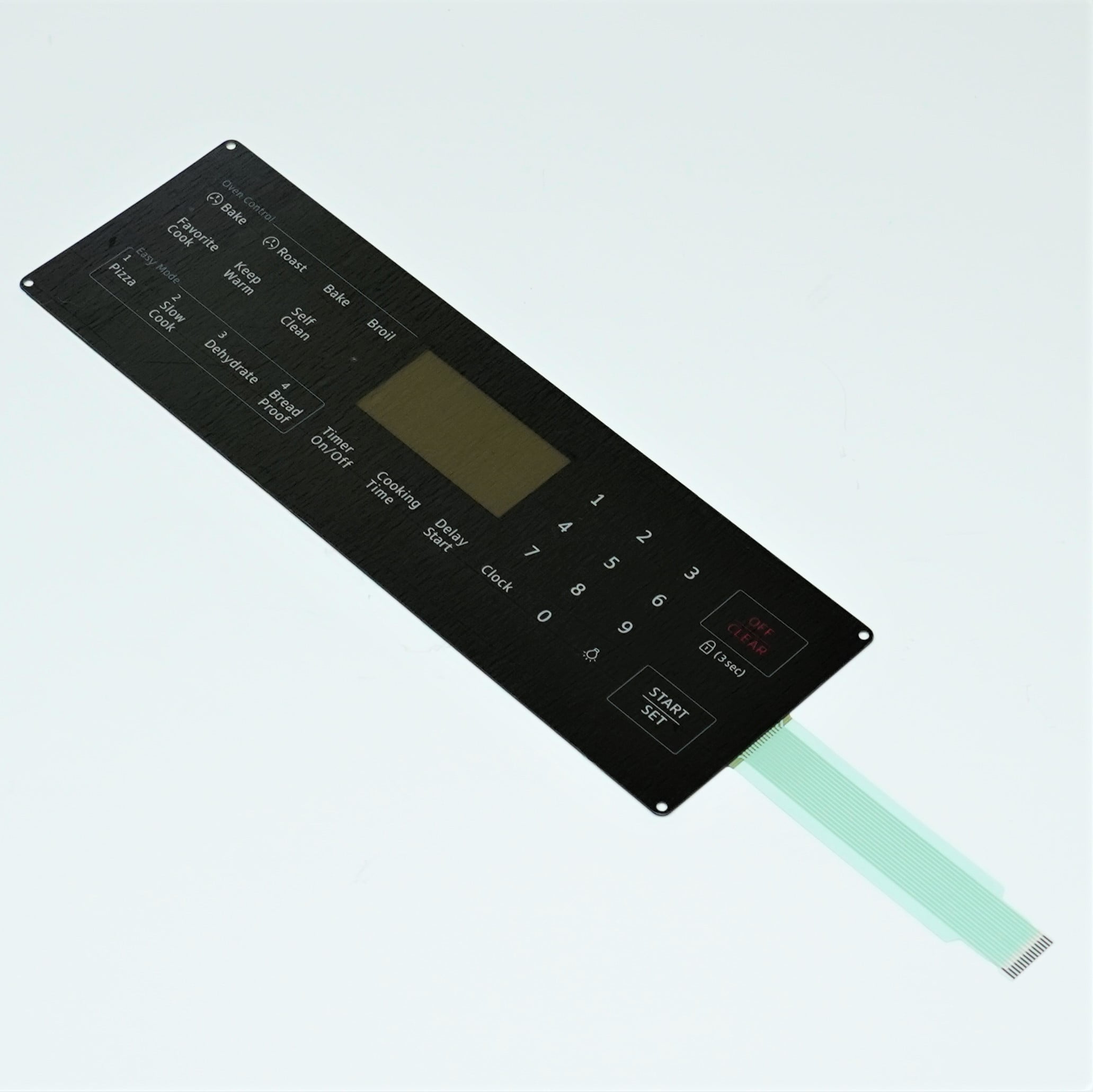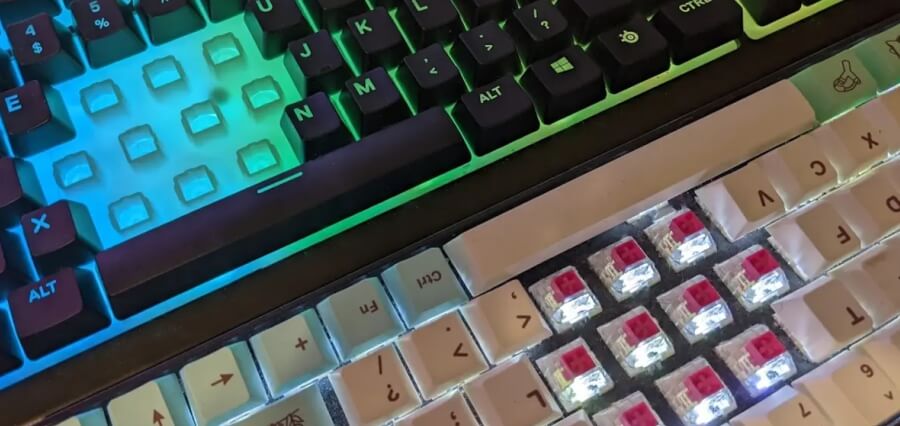Comprehending Membrane Changes: The Trick to Long Lasting and Reputable Controls

What Are Membrane Switches?
Membrane layer buttons are an innovative service in the world of interface technology, integrating performance and design seamlessly. These devices work as a user interface in between individuals and digital systems, incorporating numerous parts right into a portable layout. Generally built from adaptable, thin layers of products, membrane buttons are developed to reply to touch, allowing users to interact with machinery and electronic devices successfully.
The key components of a membrane switch include a printed circuit layer, graphic overlay, and a spacer layer that stops unintended activation. The visuals overlay can be tailored to mirror brand name identification or customer preferences, enhancing visual appeals while guaranteeing usability. Membrane layer switches are typically utilized in various applications, consisting of clinical gadgets, consumer electronic devices, and commercial devices, owing to their sturdiness and resistance to environmental factors such as dampness and dirt.
One of the key benefits of membrane buttons is their capacity to stand up to wear and tear, making them ideal for high-traffic settings. Furthermore, they are lightweight and call for very little space, permitting ingenious designs in item development. On the whole, membrane switches over represent a efficient and sensible option for modern digital interfaces, weding technology with user-centric layout principles.
Just How Membrane Changes Work
The procedure of membrane layer switches hinges on a basic yet reliable mechanism that equates customer input right into electronic signals. When an individual presses the button, the leading layer flaws, allowing a conductive aspect in the circuit layer to make call with an equivalent conductive pad on the underside of the graphic overlay.
The style of membrane buttons can vary, but they commonly integrate domes or tactile aspects to give feedback to the user, enhancing the general experience - membrane switch. The materials utilized in membrane layer buttons, such as polyester or polycarbonate, add to their resilience and resistance to environmental elements, including wetness and dust. The published circuits are typically encapsulated, which safeguards them from wear and tear over time.
Benefits of Membrane Switches

Furthermore, membrane layer buttons are recognized for their sturdiness. Constructed from robust materials, they are immune to dust, moisture, and physical wear, which considerably prolongs their life expectancy contrasted to typical mechanical buttons. This durability makes them particularly suitable for high-traffic environments and applications requiring longevity.
Another significant benefit is the ease of Recommended Reading cleaning and upkeep. The smooth surface area of membrane layer switches over lessens dirt build-up and is commonly resistant to spills, making them suitable for setups that need regular sanitization.
Additionally, membrane switches offer a structured account, causing a thinner style that can be integrated into various tools without including bulk. This function not just enhances the aesthetic charm yet likewise contributes to a more ergonomic item layout.
Applications of Membrane Switches
Easy to use and versatile, membrane layer buttons discover applications across a vast array of industries, consisting of clinical devices, customer electronics, and industrial devices. In the medical area, these switches are integral to tools such as diagnostic tools, individual monitoring systems, and mixture pumps, where dependability and ease of cleansing are vital. Their ability to maintain and hold up against severe environments performance makes them perfect for such applications.

In customer electronics, membrane buttons are used home in items like microwaves, cleaning devices, and remote controls - membrane switch. Their smooth layout enables for instinctive interface, boosting the overall individual experience while offering longevity and resistance to deterioration
Industrial devices additionally benefits from membrane buttons, specifically in control panels for machinery and automation systems. These switches provide defense versus dirt and moisture, making sure regular performance in challenging atmospheres. Moreover, their personalized attributes allow producers to tailor them to certain functional demands, boosting performance and functionality.
Picking the Right Membrane Layer Switch Over
When picking a membrane layer button, it is vital to consider numerous variables that affect efficiency and viability for particular applications. The main considerations consist of ecological conditions, tactile comments, durability, and style specs.
First, assess the operating atmosphere; switches revealed to dampness, chemicals, or severe temperatures require specific products to make great post to read sure durability and performance. Next, assess the need for responsive comments. Depending on customer communication, some applications may take advantage of a responsive reaction to confirm activation, while others might like a non-tactile design for visual reasons.
Resilience is another essential aspect; membrane buttons ought to be designed to hold up against regular usage, effects, and abrasion. Ensure the picked switch can sustain the expected lifecycle, specifically in high-usage situations.

Verdict
In verdict, membrane changes offer as vital parts in the design of sturdy and dependable control systems across numerous industries. The adaptability of membrane layer switches enables for customized remedies that meet certain operational demands, enhancing their importance in modern-day innovation.
Membrane layer switches represent an important facet of modern interface style, blending capability with strength in numerous applications.Membrane layer switches are a sophisticated service in the realm of individual interface innovation, integrating capability and layout flawlessly. Typically constructed from flexible, thin layers of materials, membrane switches are developed to respond to touch, enabling individuals to communicate with machinery and electronic devices efficiently.
The design of membrane switches can vary, but they often integrate domes or tactile aspects to offer comments to the user, enhancing the overall experience.In conclusion, membrane switches serve as necessary components in the design of reputable and durable control systems across numerous sectors.